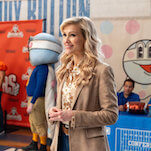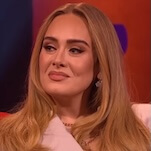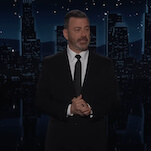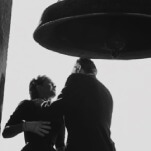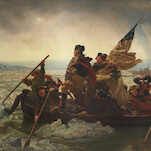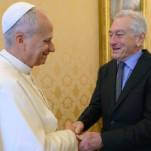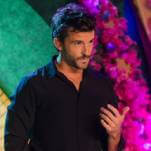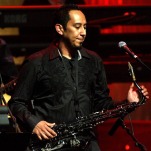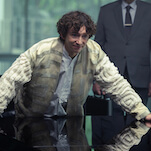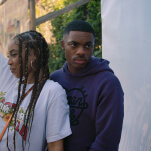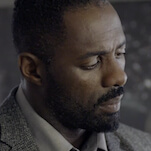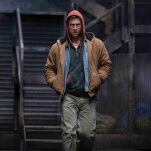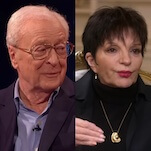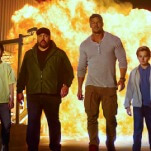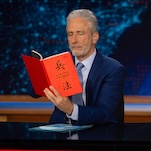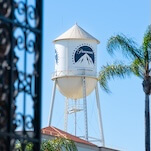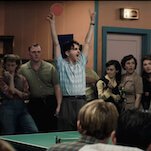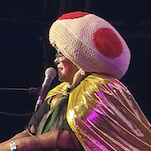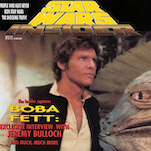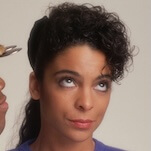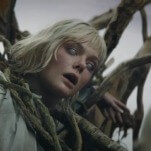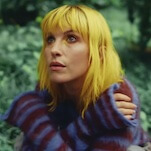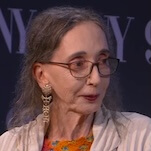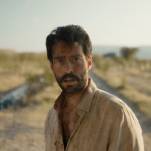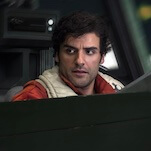The Umbrella Academy's dance sequences are its greatest legacy
So why doesn’t the show’s final season treat us to the Hargreeves getting down?
The "Footloose" sequence in The Umbrella Academy (Screenshot: Netflix)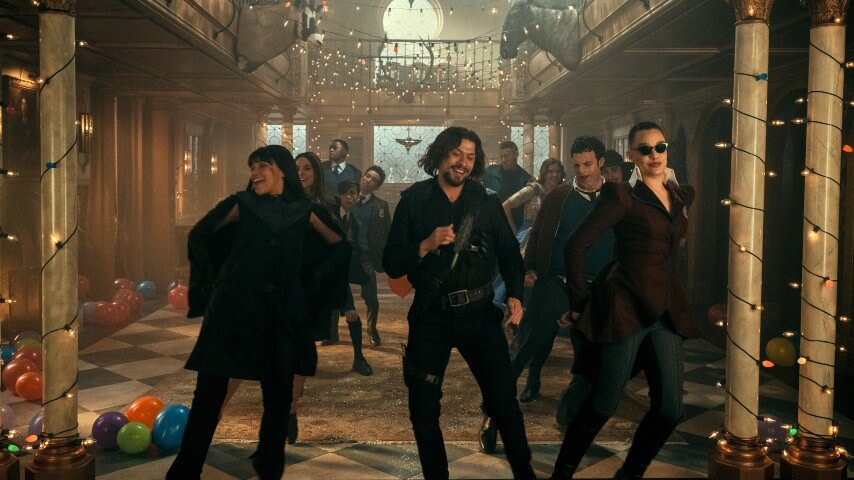
After two years of anticipation, the fourth and final season of The Umbrella Academy hit Netflix on August 8 with no shortage of divisive storytelling moves—including an unexpected romance and a bold choice about where to leave the Hargreeves siblings. But perhaps the single most controversial decision isn’t something the show does but something it doesn’t. Somehow, there’s no big final Hargreeves sibling dance sequence to end the series. And for a show that was always most alive in its musical moments, that’s a pretty shocking omission.
To be fair, there is a dance sequence in season four. It’s just given to new antagonists Drs. Gene (Nick Offerman) and Jean (Megan Mullally) Thibodeau, a married couple who are convinced that alternate universes exist and that they’re living in the wrong timeline. Befitting the tradition of weirdo Umbrella Academy villains, Gene and Jean unwind with an interpretive dance set to Cher’s “Gypsies, Tramps And Thieves.” But while it’s an enjoyably goofy scene, it’s a shame the last season couldn’t make time to let the Hargreeves themselves get in on the fun.
This is an especially odd choice considering it was a dance sequence that first helped the show find an audience. The Umbrella Academy launched with a pretty somber premiere back in 2019. Six estranged siblings riddled with childhood trauma (and superpowers) reunite after learning their adoptive father has died. They bicker, recall their darkest childhood memories, and start to self-isolate. Then older brother Luther (Tom Hopper) puts on Tiffany’s “I Think We’re Alone Now,” and the Hargreeves siblings find themselves each independently getting their grooves on in different rooms around the house.
It’s a real make-or-break moment for the show—the place where viewers could decide if The Umbrella Academy’s caustic-yet-twee vibe was for them or not. And by and large, the gambit worked. While plenty of TV shows have deployed an ironically upbeat needle drop for a fight sequence (including The Umbrella Academy itself), an outright dance number is rarer. And the breakout moment helped The Umbrella Academy become the third most-watched Netflix show of the year. In fact, “I Think We’re Alone Now” is such a signature sequence for the show that the cast even recreated it as part of the season-two date announcement.
Beyond the pure charm of watching people dance, what makes the sequence so effective is how it rounds out our initial impressions of the sardonic lead characters. Based on the way they move to the music, we realize that Luther isn’t just a serious-minded team leader; he’s also a bit of a himbo. Allison (Emmy Raver-Lampman) still has a childlike side beneath her poised demeanor. And while Diego (David Castañeda) may act like a brooding vigilante, behind closed doors he’s just as goofy as his siblings.


